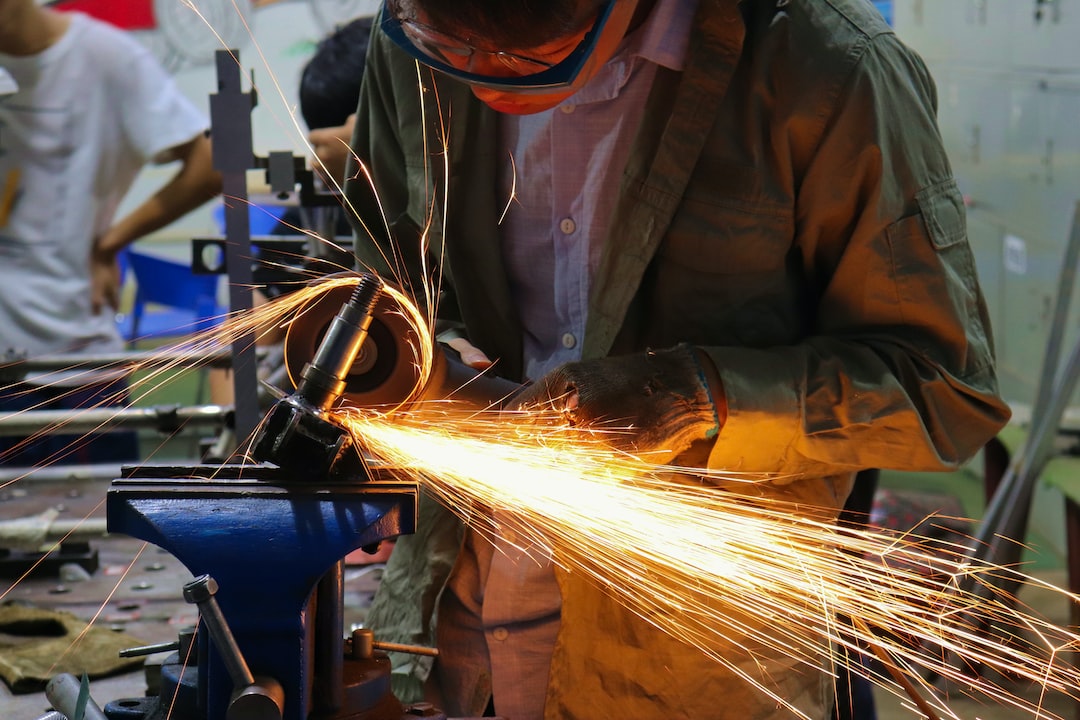The manufacturing industry has come a long way in the past few years. The introduction of automation technology has revolutionized the way products are being made. Nowadays, robots are an integral part of the manufacturing process due to their ability to perform repetitive tasks accurately without getting tired or making mistakes. As the technology advances, the future of robotics in manufacturing looks promising.
Robotic automation plays a crucial role in the manufacturing industry, where the tasks are repetitive and involve heavy lifting. Automation has helped to streamline the process, reduce errors, and cut down on labor costs. The future of robotics in manufacturing looks bright as the technology advances, and robots become more sophisticated with time. Here are some of the ways on how robotics is advancing in the manufacturing industry.
1) Collaborative robots
Collaborative robots, also known as cobots, will be the future of the manufacturing industry. Cobots are designed to work alongside humans safely and intelligently, allowing manufacturers to achieve increased productivity and efficiency without compromising on safety. The cobots can be programmed to perform repetitive tasks, which frees up human labor to focus on more complex duties that require emotional intelligence.
Cobots’ flexibility is another advantage that will make them famous in the manufacturing industry. They are easy to program and can be reprogrammed to perform different tasks as the need arises. The cobots can also function in different environments, such as wet and dusty areas, without getting damaged.
2) Artificial Intelligence
Artificial intelligence is set to revolutionize the manufacturing industry by offering predictive maintenance. Predictive maintenance involves using algorithms and sensors to predict when a robotic system is likely to fail and carry out repair work before the failure happens.
Artificial intelligence also helps robots to learn and adapt to new environments. For instance, if a robot is programmed to pick up an object and move it to another location, and that object is not in the original position, the robot will use its AI capabilities to identify the object’s new location and carry out the task.
3) 3D Printing
3D printing technology is also projected to shape the future of the manufacturing industry. 3D printing enables manufacturers to produce complex shapes and parts that were previously difficult or impossible to make using traditional methods. 3D printing is fast, efficient, and cost-effective, making it the perfect solution for small-scale manufacturing.
Robotic automation plays a significant role in 3D printing as it reduces human labor and ensures accuracy in the printing process. The robots are also designed to work 24/7, making the production process faster and more efficient.
4) Autonomous Mobile Robots
Autonomous Mobile Robots (AMRs) are robotic vehicles that move around the manufacturing facility without human intervention. The AMRs can be used to transport goods and materials from one location to another, minimizing human labor and improving efficiency. The AMRs can also work collaboratively with cobots, enabling the cobots to focus on production while the AMRs transport materials.
The AMRs are equipped with sensors and cameras that help them navigate the manufacturing facility safely. They can also detect obstacles and avoid them, ensuring the safety of humans and other equipment in the facility.
5) Virtual Reality
Virtual Reality (VR) is set to make a significant impact on the training of robotic systems. VR technology can help humans learn how to program and operate the robots without any risk to either themselves or the robotic equipment. VR training can also be conducted remotely, reducing the need for traveling and face-to-face meetings.
VR technology also enables manufacturers to simulate and test different scenarios before implementing them in the manufacturing process. This minimizes the risk of human error and helps manufacturers to identify any potential problems before starting the production process.
Conclusion
The future of robotics in manufacturing is promising, with technological advancements making it possible to produce goods faster, more efficiently, and with fewer errors. Collaborative robots, artificial intelligence, 3D printing, Autonomous Mobile Robots, and virtual reality are among the technologies that will shape the future of the manufacturing industry. As the technology advances, the costs of implementing these technologies will reduce, making it easier for smaller businesses to adopt them. The future of robotics in manufacturing looks brighter than ever before, and the businesses that adopt these technologies will have a competitive edge over their rivals.

